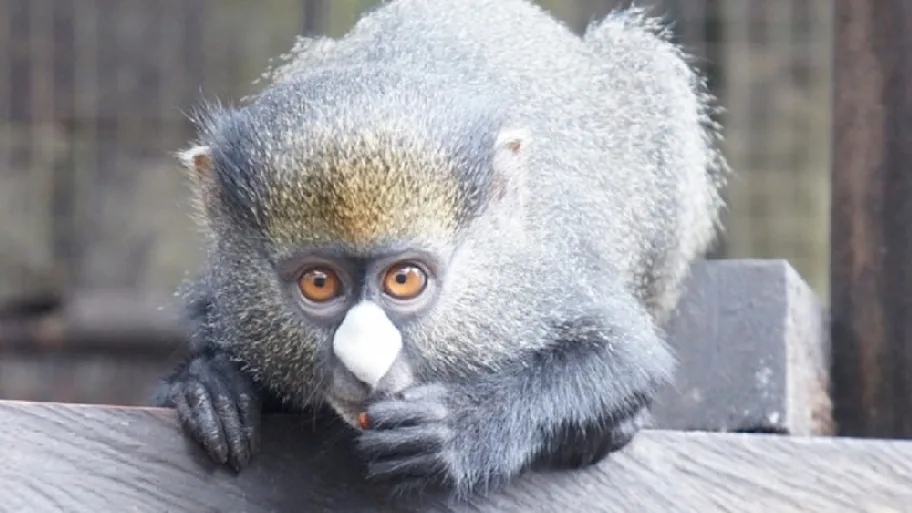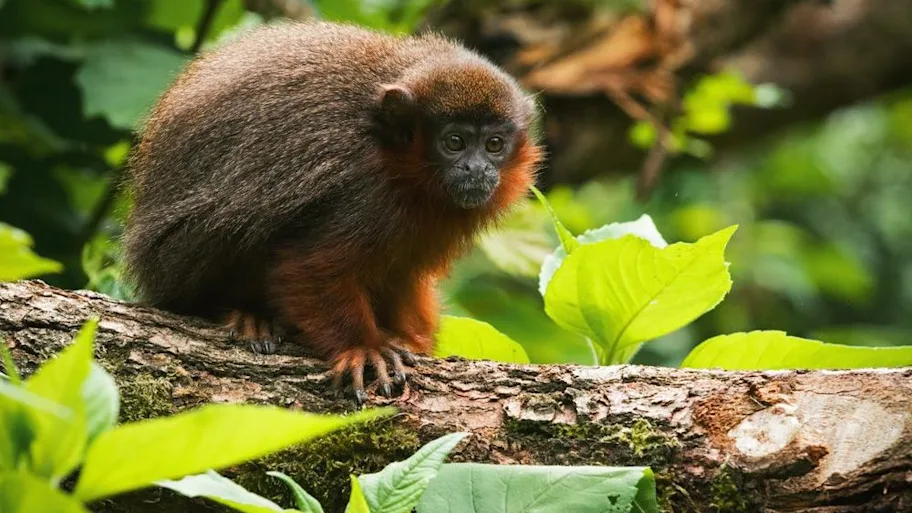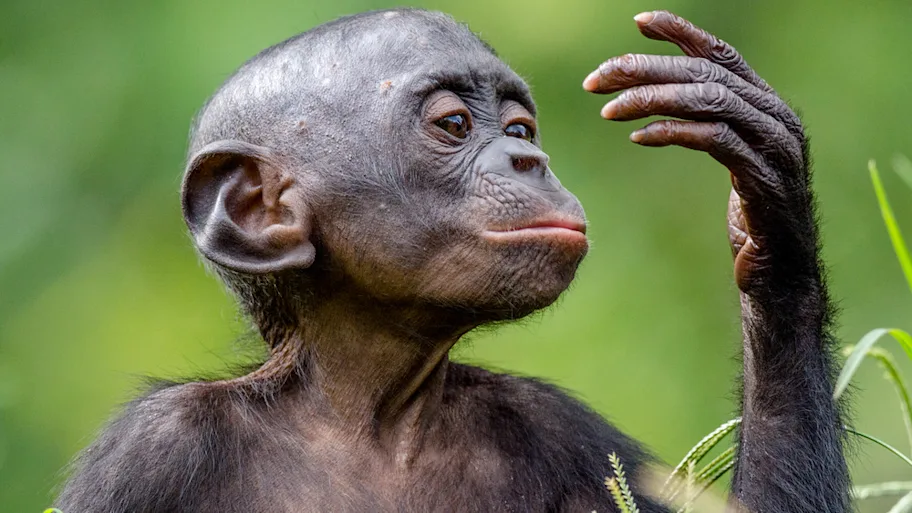
- Science news
- Featured news
- Primate study offers clues to evolution of speech
Primate study offers clues to evolution of speech

The study suggests primates are incapable of producing speech because they lack the brain mechanisms needed to control and coordinate vocal production. Image: Shutterstock
Research finds a link between number of call types and the relative size of key regions of the brain in primates.
— Anglia Ruskin University
The vocal tract and larynx is similar in form and function among virtually all terrestrial mammals, including humans. However, relative to humans, non-human primates produce an extremely limited range of vocalizations.
New research examining the brains and vocal repertoires of primates offers important insight into the evolution of human speech. Published in Frontiers in Neuroscience, the study suggests that primates are incapable of producing speech because they lack the brain mechanisms needed to control and coordinate vocal production.
**Neural Correlates of Vocal Repertoire in Primates**► Read original article► Download original article (pdf)
The study focused on two particular features of the brain: the cortical association areas that govern voluntary control over behavior; and the brain stem nuclei that are involved in the neural control of muscles responsible for vocal production.
The academics, from Anglia Ruskin University and Stony Brook University, found a positive correlation between the relative size of cortical association areas and the size of the vocal repertoire of primates, which can range from just two call types in pottos (a possum-like primate from Africa) to at least 38 different calls made by bonobos.
Lead author Dr Jacob Dunn, Senior Lecturer in Zoology at Anglia Ruskin University, said: “This study shows, for the first time, a significant positive correlation between the vocal repertoire and the relative size of the parts of the brain responsible for voluntary control over behavior.
Related: ‘Uniquely human’ muscles have been discovered in apes
“Cortical association areas are found within the neocortex and are key to the higher cognitive processing capacities considered to be the foundation for the complex forms of behavior observed in primates. Interestingly, the overall size of the primate’s brain was not linked to the vocal repertoire of that species, only the relative size of these specific areas.
“We also found a positive relationship between the relative volumes of the cortical association areas and the hypoglossal nucleus in apes, both of which are significantly bigger in these species. The hypoglossal nucleus is associated with the cranial nerve that controls the muscles of the tongue, thus suggesting increased voluntary control over the tongue in our closest relatives.
“By understanding the nature of the relationship between vocal complexity and brain architecture across non-human primates, we hope we are beginning to identify some of the key elements underlying the evolution of human speech.”
Original article: Neural Correlates of Vocal Repertoire in Primates
REPUBLISHING GUIDELINES: Open access and sharing research is part of Frontiers’ mission. Unless otherwise noted, you can republish articles posted in the Frontiers news blog — as long as you include a link back to the original research. Selling the articles is not allowed.






